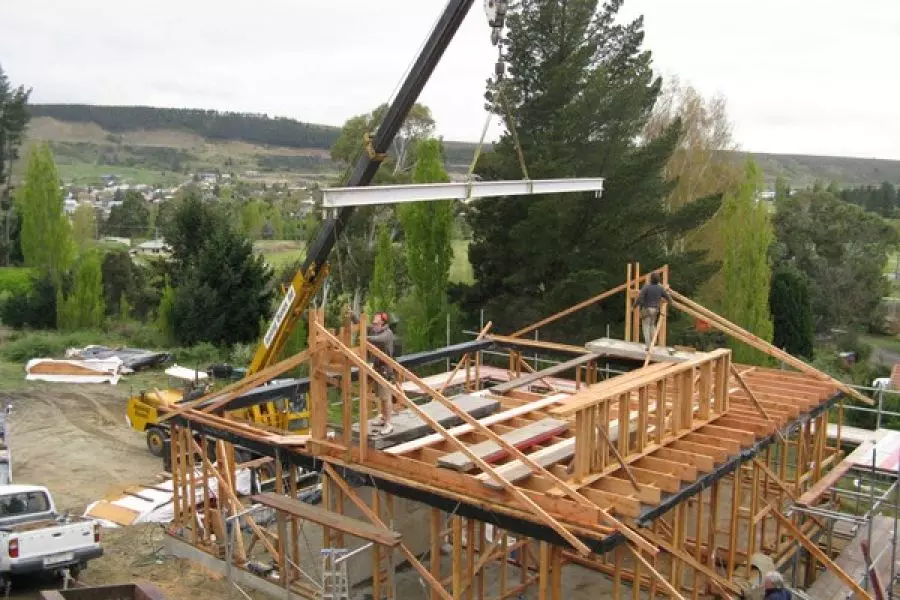News
Resilient consent numbers surprise

Wednesday 30th of September 2020
There was a total of 37,467 new dwellings consents issued in the August 2020 year, Stats NZ announced today. This was a 5.1% increase on the August 2019 year.
Within those new dwellings, a record 10,063 townhouses, flats, and units were consented – which points to an increase in medium density construction.
It was the first time over 10,000 townhouses, flats, and units&nbs...
Want to read the full article?
Click the button below to subscribe and will have unlimited access to full article and all other articles on the site.






![[The Wrap] Bye Bye Bayly](https://goodreturns.publit.io/file/c_fill,w_900,h_600/39f23ac1-f7c7-4854-b700-a150004ebbac.webp)


